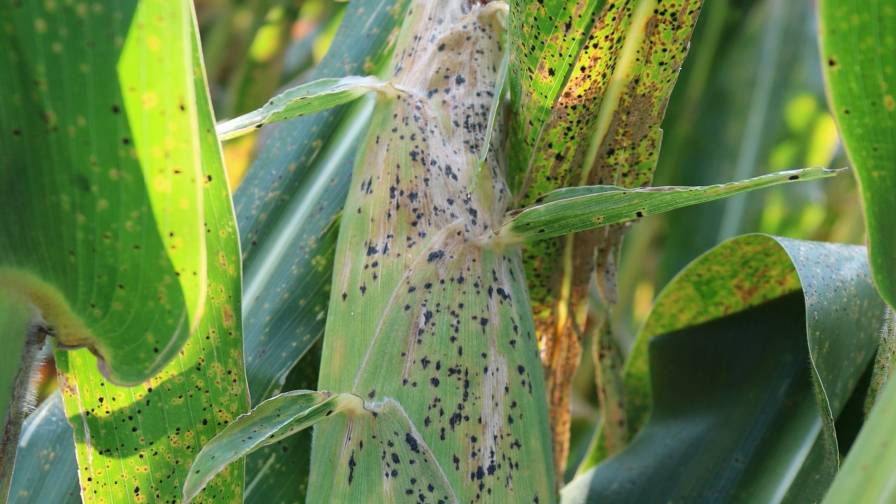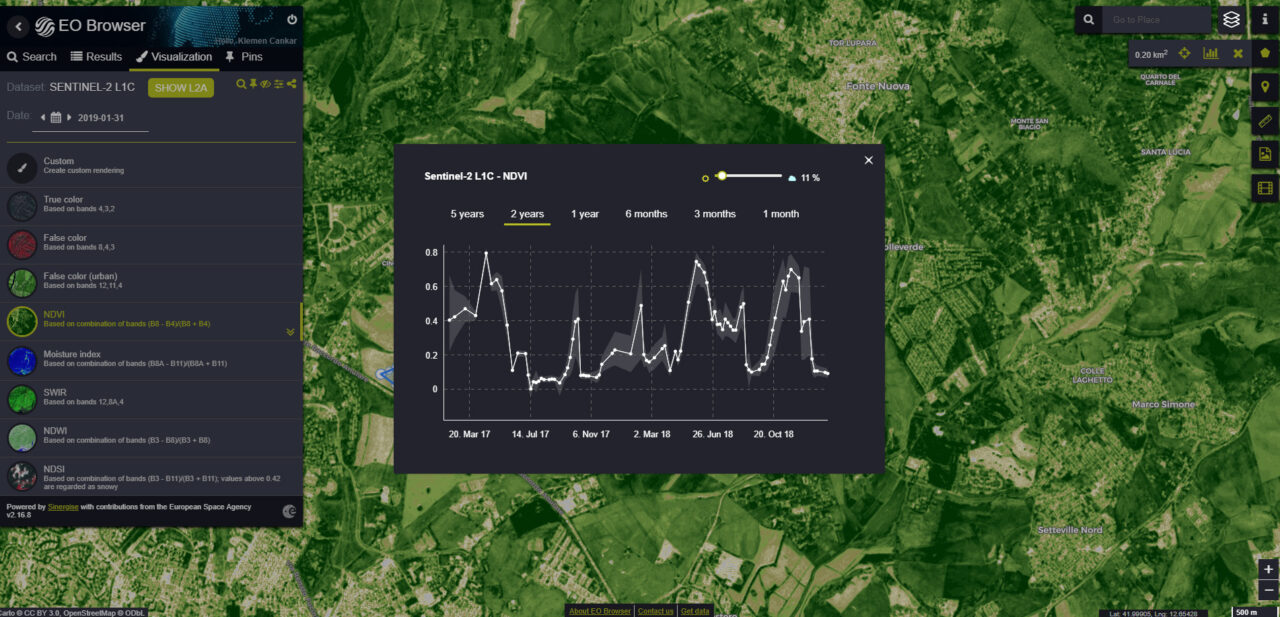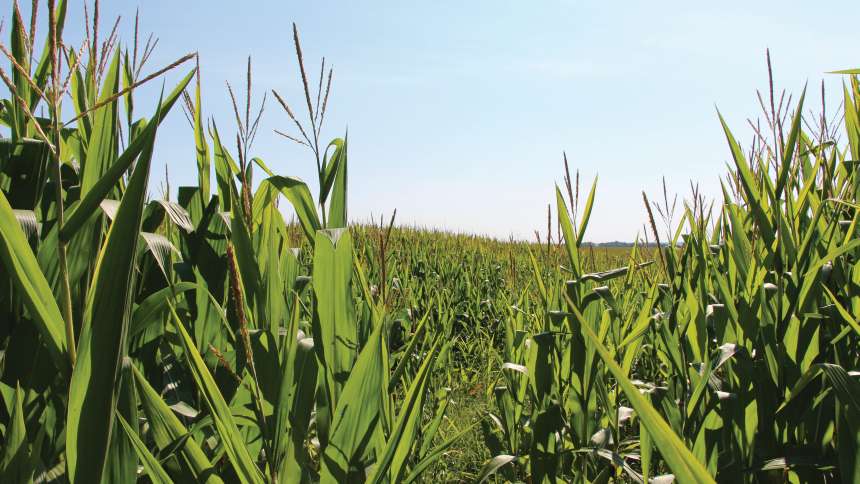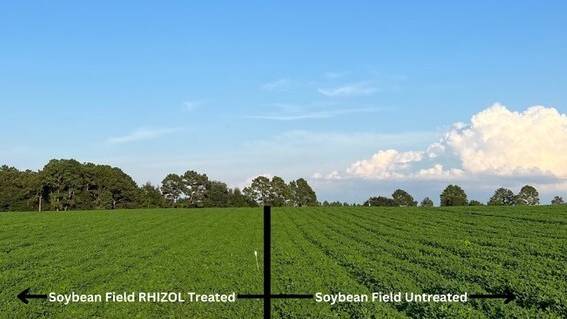Daily Dicamba Update: Q&A with BRANDT’s Tim McArdle
CropLife chatted with Tim McArdle, Vice President and General Manager – Ag Division, BRANDT, on dicamba and how the company prepared for this crop season.
CropLife: Can you talk about BRANDT’s experience last season with dicamba?
Tim McArdle: In 2017 dicamba application on soybeans was fairly minimal in our trade territory in central Illinois. We did apply some Engenia and XtendiMax. Results of those applications were good and weed control was very good. There were some off-target movements in Illinois last year; we here at BRANDT had a few but nothing really serious. It was enough that it made us realize, along with many others, that a lot of care had to be exercised in order for this product to be successful for us and our customers. That was a big learning experience for everybody in the chain, and of course it was for the regulatory agencies, who amended the label somewhat, and also for the manufacturers who adopted some training programs for the industry. Our experience last year was good, but we recognized the extreme sensitivity of non-dicamba beans to dicamba. If we were going to be successful with this product in the future, we ourselves at BRANDT had to take it upon ourselves to improve our own internal process.
CL: Can you tell me more about the steps you took?
TM: We looked at what things can we do, what are the potential sources of our difficulties. The first thing that’s happened, because the products were successful, there will be a lot more applied this year. Our expectation in sales of dicamba product onto soybeans is much higher than in 2017. We had to address this. We looked at possible things to do, and for us, it appeared that one of the key things we needed to do was to know our surroundings. We needed to do the best job we could to map the fields where we were going to be spraying dicamba – to know what was adjacent to us, and to do that, we had to work with our customers and non-customers, frankly.
We made a big project of that this winter. We used several different techniques, but basically it revolved around creating mapping programs that we use internally to identify all of these fields, and put that into the hands of our operators through our blending system. In many cases we created maps electronically and put iPads in the cabs of our sprayers so that the operator has access to that information. If he can go out and drive into the field, he can look at the surroundings and know what’s adjacent to the field, whether it is corn or other dicamba beans or Liberty beans. You can’t tell by looking, so you have to have a way. We feel really good about that. We haven’t gotten to the dicamba application season yet, but we feel very good about that – being able to help us and help our operators to know where those most sensitive downwind sites might be to make sure.
The other thing was just operator training. Operator training was about number one, understanding the label and how it applies to them and their daily activities. The manufacturers – BASF and Monsanto – supplied some of the training opportunities, and here in Illinois there was a great effort made by the Illinois Fertilizer & Chemical Association to provide training. We just made sure our guys received that training as well as other machine-specific and in-house training that we provide. Training was identification of fields, training of operators so they understand what their role is and what their responsibilities are.
I think the other thing was saying, let’s make sure we are adopting the best management practices we can as far as equipment cleanout. That’s our business. We do that all the time. This product being ultra-sensitive, we spent time reviewing with our people to make sure we had done everything that we needed to do, went through our systems to make sure there weren’t any areas that might be more difficult to clean, and we corrected that.
The other approach we’ve taken here at BRANDT is putting a high number of direct injection systems on our sprayers. Some people have, some haven’t. By having a direct injection system on your sprayer you’re able to not have to put the product into your mixing system. You don’t have to put it into a tank of your sprayer, you just direct inject it into the line as product is applied. We think that will pay great dividends as well.
CL: Were you able to identify the source of problems you did experience last year?
TM: They were variable. We didn’t have many where we weren’t able to identify. There were a few we identified as physical drift, and then others we would identify as something to do with equipment contamination. Usually once you knew you had that, you went back and diagnosed it, you could quickly find out why it happened and it was easily correctable. The ag retailer’s life is cleaning. We switch between corn and soybean herbicides often, and it’s standard operating procedures for us. Any crop protection product that we need to go back and review, just adds another layer of security to what we were already doing.
CL: Can you talk more about how you coordinated with neighboring farms – how did you go about it and how was it received?
TM: It’s not always easy. The most successful way is outreach to your customers. They are neighbors. So you’re outreaching oftentimes through them. This is not a perfect system, but we had a pretty good response to that outreach. ‘Hey, let’s all take care of each other here in this community.’ One way of doing that is we all know what we have adjacent to each other and we can do a better job. That applies to more than just dicamba applications.
CL: You have more planned acreage for dicamba spraying for this year?
TM: We don’t have a number, but the planned applications of Engenia or XtendiMax will be a lot more than it was in 2017. The reason is that its performance is good, and farmers are looking for opportunities to control weeds like waterhemp. It’s very important that we as an industry and farmers do a good job of stewardship of this product in 2018 because if we should not, and if there would be a lot of complaints and problems with it, it might influence EPA’s decision on continuing the registration.
CL: So you are confident that with all of the additional training and amended label, that even with the expanded acreage, things should go better in 2018.
TM: We are very confident. Ours is a business of, usually everything becomes a crunch. We are barrelling into that right now. We normally would have planting times in early April, and now today is probably the first day we’re going to see significant planting to occur in Illinois. It’s April 20, so it will be a crunch. We anticipate that when we get to points of application of crop protection products like dicamba it will be a crunch. We have to have plans that allow us to not only do it safely and do it right, and prevent off-target movement, but also to get it done. With the quality of our people and our equipment and this extra training, I’m pretty confident.
CL: Are there any changes in the label that you emphasized more than others?
TM: Labels were aligned better than they were before for the two products. People had to thoroughly understand what ‘adjacent’ means in terms of the label, when you can’t spray. In fact, one of the other things we have done is we identified some fields that are adjacent to some super-sensitive sites that we literally went to the customer and just told them, we did not recommend nor would we want to apply dicamba to that field. If that was the case, and almost in every case like this, the farmer would choose an alternative strategy, because (the field) is located in such a way that it would be difficult to do it and adhere to all of the restrictions and avoid problems. You’ve got to be smart about it.
CL: Any closing thoughts?
TM: We were recognizing early on that we felt that the number one thing we could do was to know the surrounding fields. We wanted to go out and be as aggressive as we could, capturing all that information and put that into a mapping program that our operators could access electronically, so they would be seeing that when they were in the field. To me, that was a major accomplishment and gives us a lot more confidence.
Read more on the label requirements here:
Get top-of-mind reminders on the new compliance and regulatory rules on dicamba directly to your email inbox. Subscribe to CropLife’s Daily Dicamba Update.






